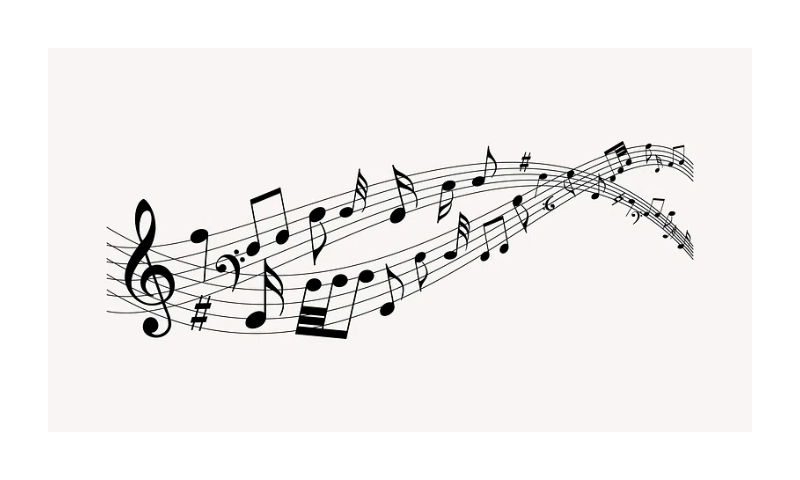Lewis H. Glinert
Mosaic Magazine, Dec. 14, 2017
What have they done to my song? The medieval Ashkenazi maestro who penned the poem we now call Maoz Tsur (in English, “Rock of Ages”) might well have asked this question. True, Mordechai—his name is encoded in the first five stanzas—is a mysterious figure; one can only surmise that he lived in Central Europe near the end of the 12th century. But the lyrics of his celebrated song should leave us in no doubt: were he transported to a modern-day menorah lighting, he would be dumbfounded to hear that we have made Maoz Tsur into a song for Hanukkah—and, to boot, one commonly sung to a German melody more suggestive of Rhenish good cheer than of his simultaneously witty and very serious sweep through Jewish history and destiny.
True, Maoz Tsur is hardly the only work of Jewish poetry or prayer to find itself reinvented—its context, its melody, or even its lyrics subtly or not so subtly changed. The prayer book is full of examples. Think of Aleinu: once a unique centerpiece of the High Holy Days, a solemn proclamation of God’s sovereignty, now serving as a rapidly recited conclusion to daily prayers. Or Adon Olam, originally a sublime medieval meditation upon retiring to sleep, today a jaunty finale to the Shabbat service. Ḥasidic rebbes have gone still farther, lifting Viennese waltzes for the L’khah Dodi hymn welcoming the Sabbath or belting out Napoleon’s March at the end of Yom Kippur.
Still, however you sing Maoz Tsur on Hanukkah this year, pondering the words can inject new and surprising meaning into the holiday, and particularly if you venture beyond the first stanza to explore all six.
Yes, all six. Most Jews today know only the first stanza, and some prayer books include only five, the sixth having long been censored (or self-censored) for its content. To complicate matters more, the popular English version of the first stanza, while fitting the tune perfectly, captures almost none of its meaning, except perhaps for the word “rock.” Here is my far more literal rendition:
Fortress, my rock of deliverance, it is seemly to give You praise.
Set firm my house of prayer and there we will offer thanksgiving.
When You [God] slaughter the baying foe,
I will complete with hymns of praise the inauguration of [ḥanukkat] the altar.
The one clue here that this could be a Hanukkah song is the use of the word meaning inauguration or dedication, from which the holiday’s name derives. And the connection is not merely linguistic: any Jewish schoolchild knows that 2,000-plus years ago, the Maccabee army wrested control of the Jerusalem Temple from Gentile forces and re-dedicated the holy altar. But here’s a question: might this verse possibly refer not to the Maccabee re-dedication but to the initial dedication of the altar in the First or Second Temple or, even likelier, the dedication of the altar in the Temple to be built in some future time after the longed-for arrival of the messiah? ….SOURCE


